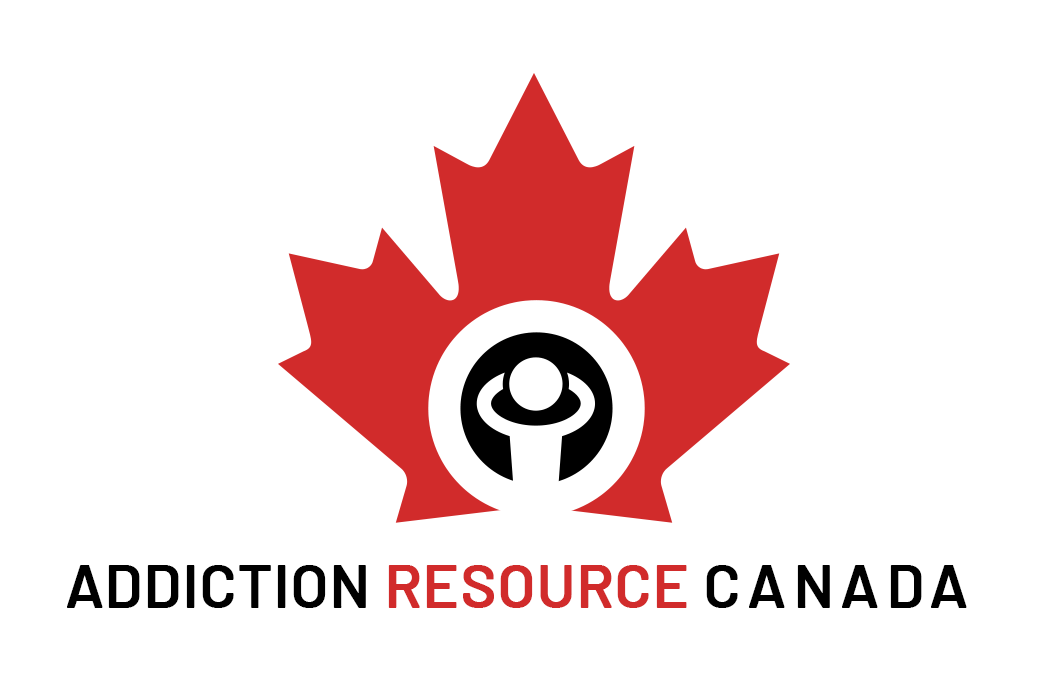Health Canada and the BC Government have described opioid use and resultant deaths as an epidemic. Indeed, Canada has the highest rate of prescription opiate use in the world and BC has the highest number of opioid overdose deaths in the country. Unlike in the past, the opioid crisis has touched nearly every segment of the population. Whereas opiate abuse and specifically heroin addiction were seen to impact more marginalized communities in the past, the proliferation of opiate prescriptions has created an unprecedented problem across all socio-demographic groups. Middle class Canadians may experience a deeper sense of stigma around seeking help and may also face other barriers to receiving appropriate treatment.
The safest, most successful detox option is known as medically supervised withdrawal management. Inpatient or outpatient, this is when, under the direct supervision and care of a licensed physician, withdrawal from drugs is made more manageable by medications that minimize drug cravings and withdrawal symptoms.The traditional methods of opioid detox include tapering with methadone or buprenorphine or discontinuing opiates “cold turkey,” and administering medications such as clonidine to ease the symptoms of withdrawal. Even when medications are used to manage opioid withdrawal, there is often a significant amount of client discomfort. Clients who are unable to tolerate this discomfort often terminate the detox process and ultimately return to illicit opioid use. While the actual mortality rate from opioid withdrawal is low, the mortality rate for persons who resume opioid use is very significant. This is due not only to the mortality inherent in active addiction but also to the increased risk of fatal overdose which results from the loss of opioid tolerance associated with even a short period of abstinence, as occurs in most detox attempts.

Because the withdrawal syndrome from opioids can be protracted and intensely symptomatic, the quicker a client can detox from opiates in the most comfortable way possible, the more likely clients will have a positive outcome. In efforts to support clients most effectively, clinicians have developed various accelerated methods of opioid detox that rapidly induce withdrawal through the monitored therapeutic administration of opioid antagonist agents, while concurrently using hypnotic agents or mild anesthetics. According to the American Society of Addiction Medicine (ASAM) the chief benefit of medically supervised detox— is that people can be completely toxin-free within a few days to a couple weeks.

